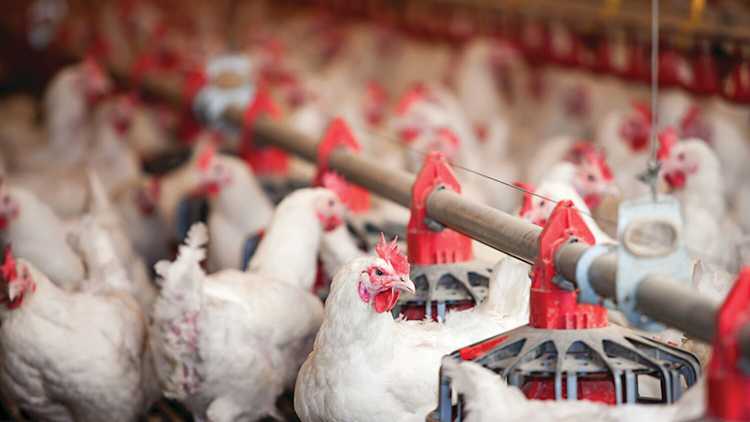Why poultry farmers need a cash flow statement

The poultry sector is unique in Canada. With specific and routine delivery windows, its production cycle can present some unique challenges.
In addition, financial management in the poultry sector requires special attention. Producers must constantly monitor their farm’s financial picture, of which cash flow statements play a central role.
While there are many elements to consider daily, weekly and monthly, FCC senior relationship manager Stephen Benedict says these are the top four reasons for cash flow tracking and management in the poultry sector.
1. Benchmark
It may seem obvious, but without proper benchmarking, you’re not earning as much as you could be.
Benchmarking would be relative to others in your region and related to feed cost per unit, utilities per unit, and mortality percentage.
Not knowing your numbers makes it impossible to conceive which financial opportunities make sense.Other relevant items to focus on are quota units and barn size. Benedict says most producers hit the average net income for broilers, for example, with 10% fetching a price above average numbers and 10% below average. If numbers are low, is it because the birds are crowded, for example? Should you purchase more units? A different cycle may work better and change the outcomes.
Knowing all these numbers inside and out is necessary to know where the opportunities lie.
In both instances, the differences are stark, especially on the lower end. Without knowing your numbers, it’s impossible to conceive which financial opportunities make sense.
Those above average usually stay in that range, as they constantly know their numbers and run their operations with near-scientific precision.
2. Earn more
Depending on market conditions, a processor may desire more meat. You learn this through a monthly production statement. Regardless of your cycle, you will know how many birds, or kilograms of meat, are available to sell. Sometimes, you can even rent more quota if a processor seeks more products. But just because you have X quota doesn’t mean you can’t exceed that.
By staying on top of your monthly production numbers and up-to-date cash flow statements, you’ll know immediately if there’s an opportunity to fill extra orders. Without this knowledge, you may be leaving easy money on the table.
In other years, additional quotas may be handed out for free by provincial feather boards. That can equate to several thousands of dollars in free quota. With a proper cash flow statement, it should be immediately clear if you can make the most of the extra quota. If you have a barn large enough and your cash is flowing well, you can take the necessary steps to manage more birds and, hopefully, more profit.
3. Improve animal health
Timely, up-to-date cash flow statements show the available cash you have. Maybe it’s time to upgrade air exchangers to remove excess humidity - which improves bird health, including overall air quality, reduced rot, less sore feet and lower mortality rates. Healthier birds are happier birds, which perform better.
Overall animal health and success mean your earning potential increases, and other important factors such as feed conversion may also improve, lowering your overall feed bill.
4. Know what to cover off
Not all quotas are created with the same value. For example, quota purchased in 1995 was far less expensive than quota bought now, both in terms of its purchase price and the cash value. There are borrowing costs and interest rates to consider, which also fluctuate. Understanding how much you will be required to subsidize annually to stay profitable demonstrates the importance of cash flow statements.
By understanding cash flow statements as a poultry producer, you will be able to capitalize on market opportunities, benchmark properly, and even positively absorb additional quota when opportunities arise.
Article by: Trevor Bacque
